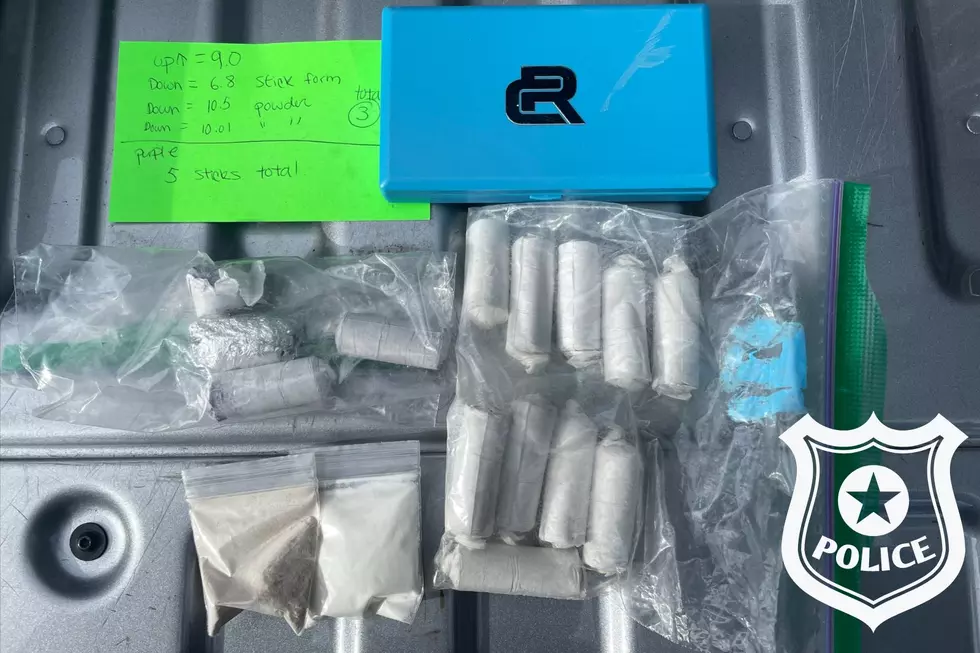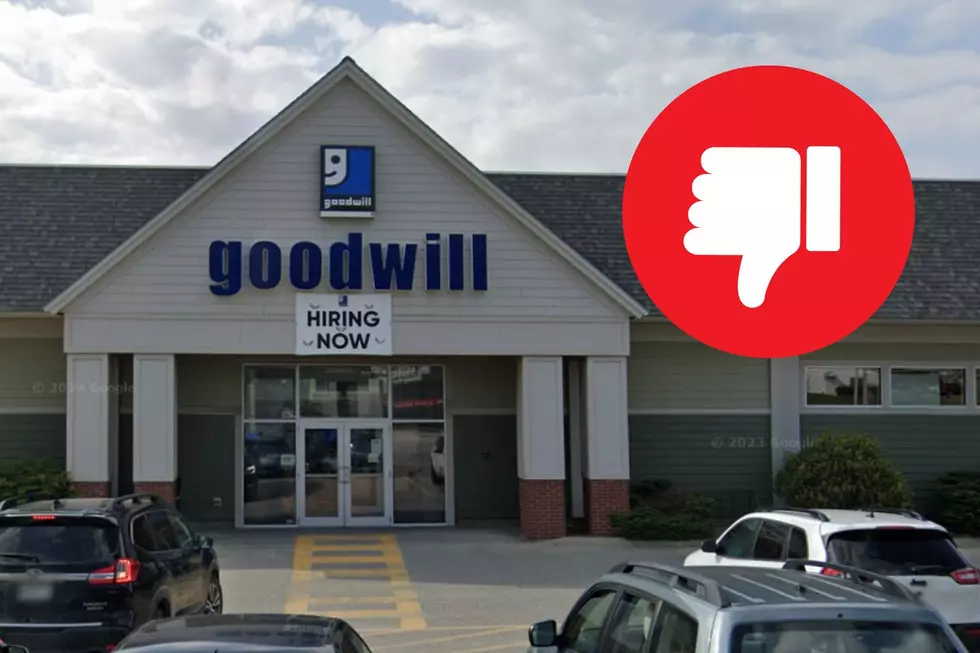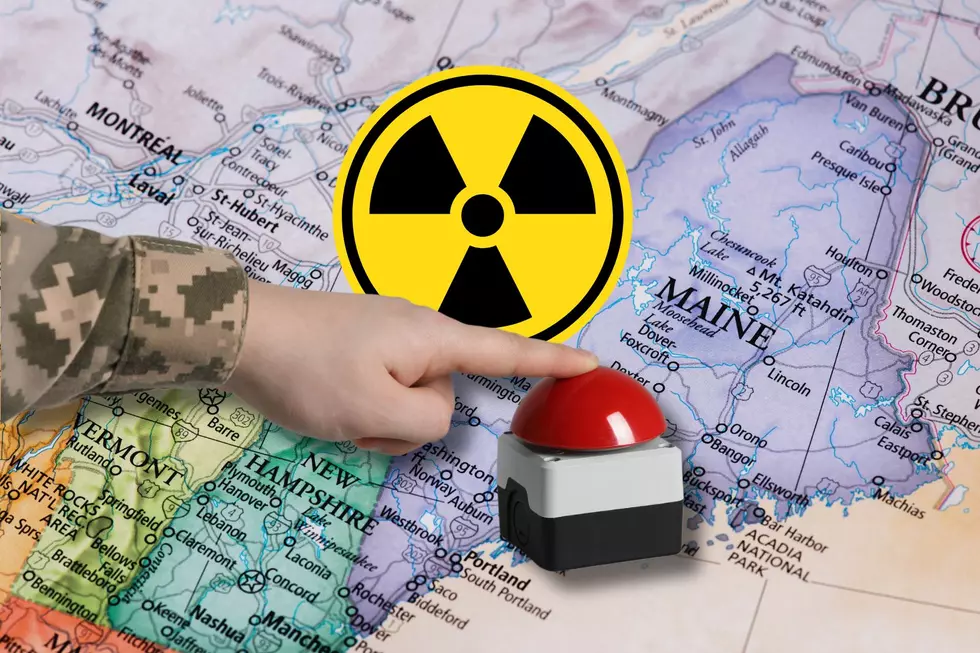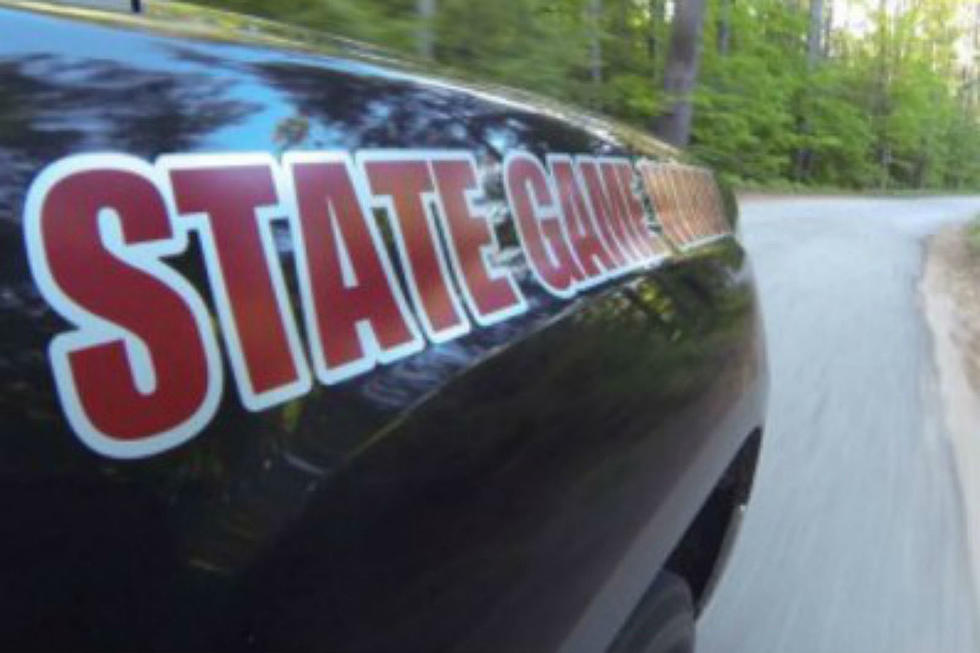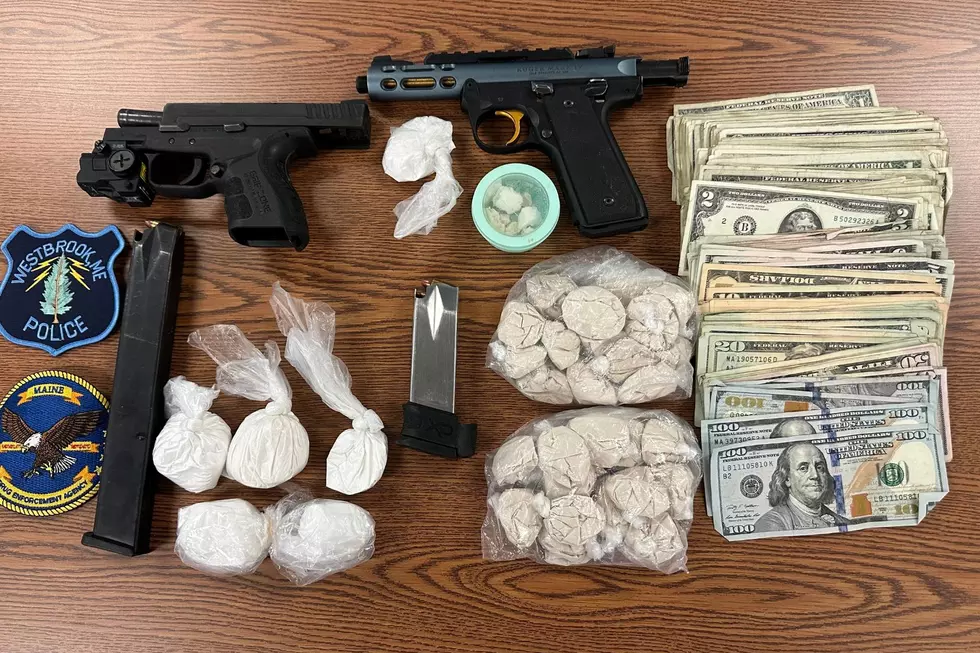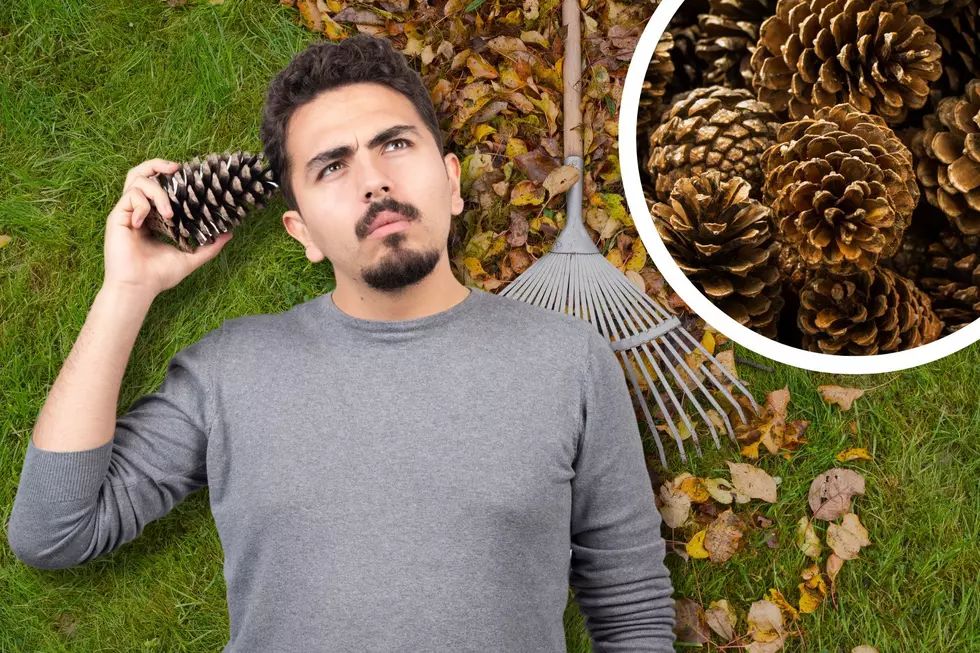
Here’s Why Black Lawns Are Developing Across Maine
No, it wasn't the neighbor's dog.
Patches of dead areas within lawns that seemed to be shaded in black across the state have apparently been raising a lot of questions lately. If you've seen this in your yard or neighborhood and have wondered exactly what is going on, you're not alone.
According to folks at the University of Maine Cooperative Extension, the moderate drought that we've been experiencing along with rains and humidity have been creating a lawn condition not seen in years, if ever.
So what exactly is doing this? Well, to begin with, those now dead sections of your lawn were probably not all that healthy to begin with, thanks to the ever changing weather patterns this summer.
Now, black spores of a pathogen called Cladosporiumis are being moved around by the wind and the rain, and when they settle in, they activate.
What is Cladosporiumis? It’s a parasitic fungus that is opportunistic and takes advantage of dying tissue, creating mold that is shaded in black. Many species of this particular mold exist within dead plant material.
It's not harmful to humans and pets. Just unsightly. There's no reason to spray anything like chemical fungicide on it because it's an environmental issue, and these sections of your lawn are dead and cannot be easily revived. The only way to fix things is to ground up the dirt, reseed, and add a little fertilizer. Yup, start all over again.
The best way to prevent this so-called black lawn situation is to make sure that your lawn remains happy, healthy and green, and that means watering and feeding it.

KEEP READING: See 25 natural ways to boost your immune system
More From WQCB Brewer Maine

